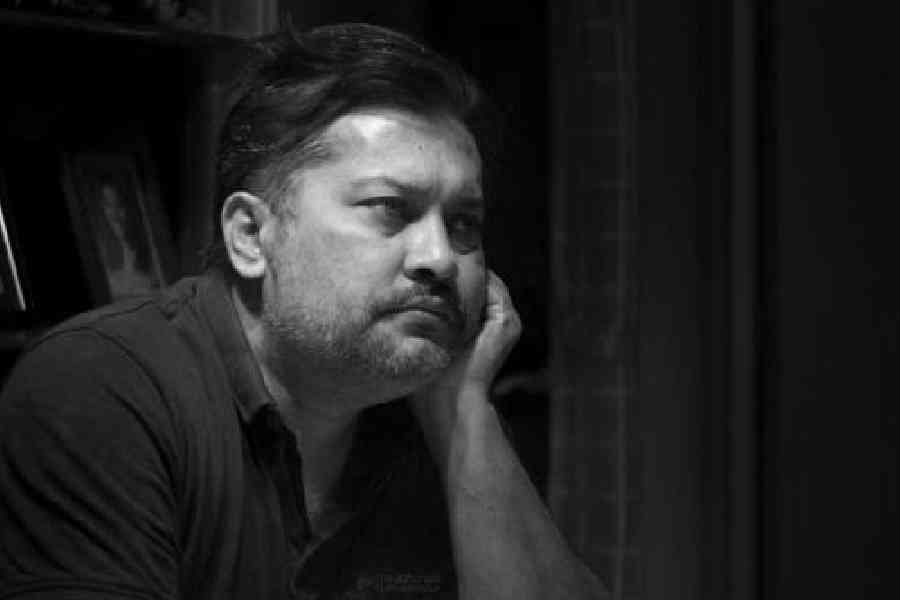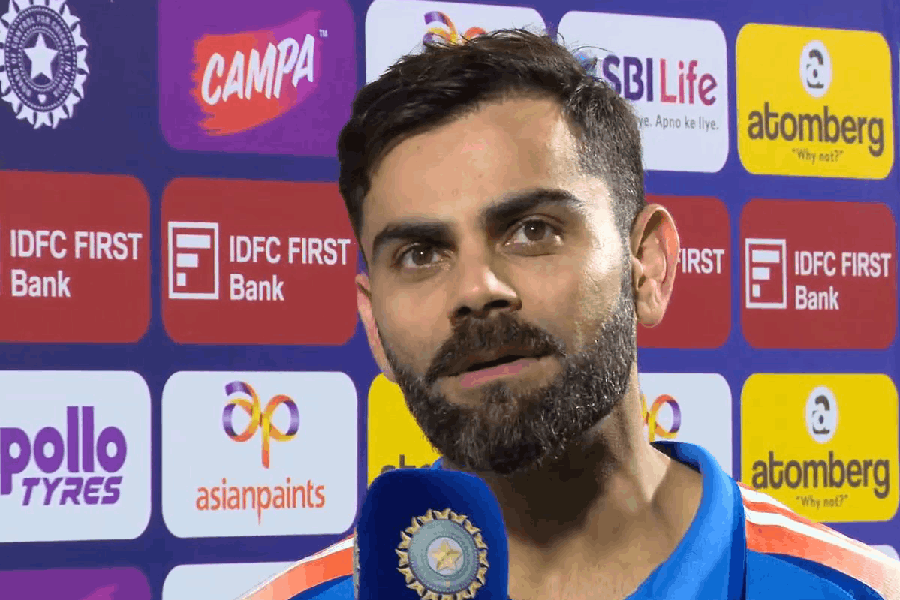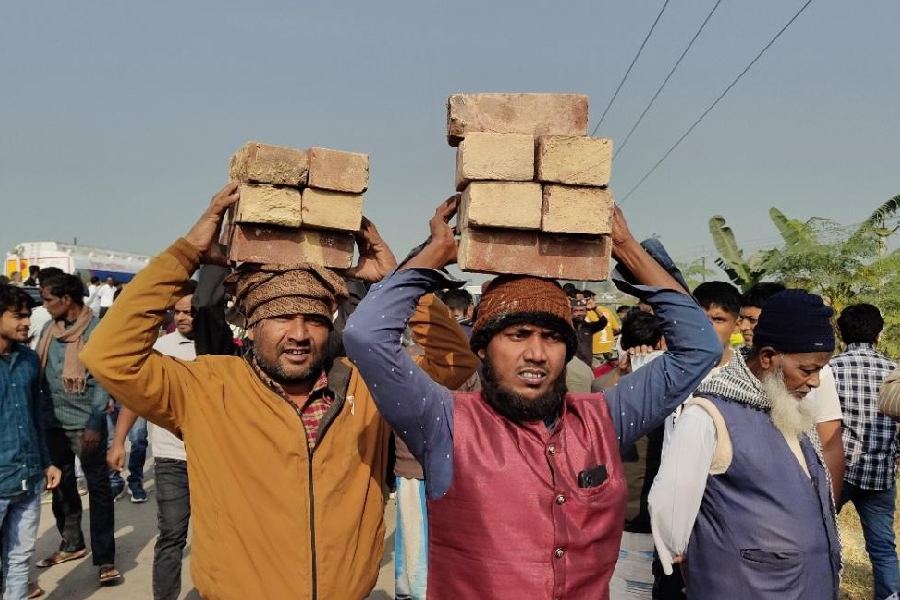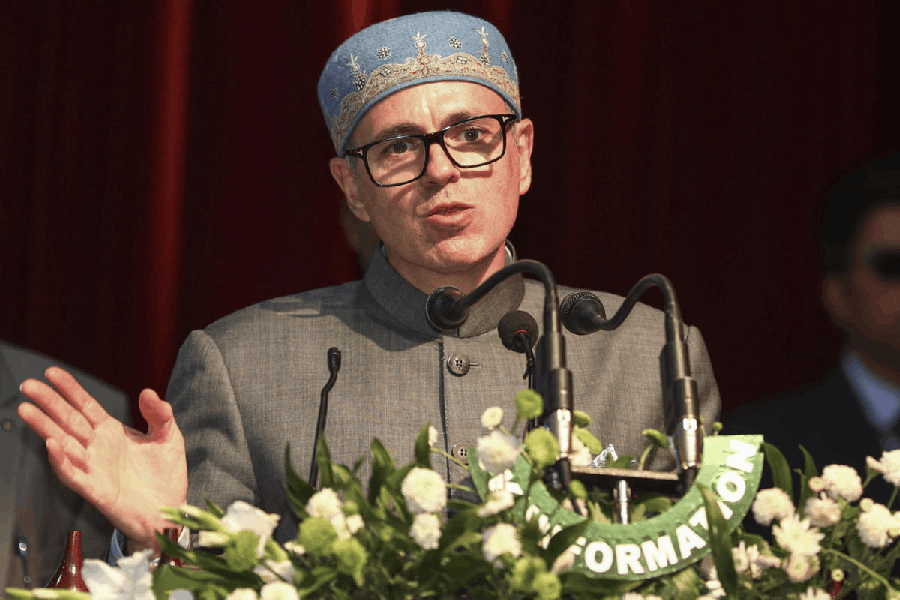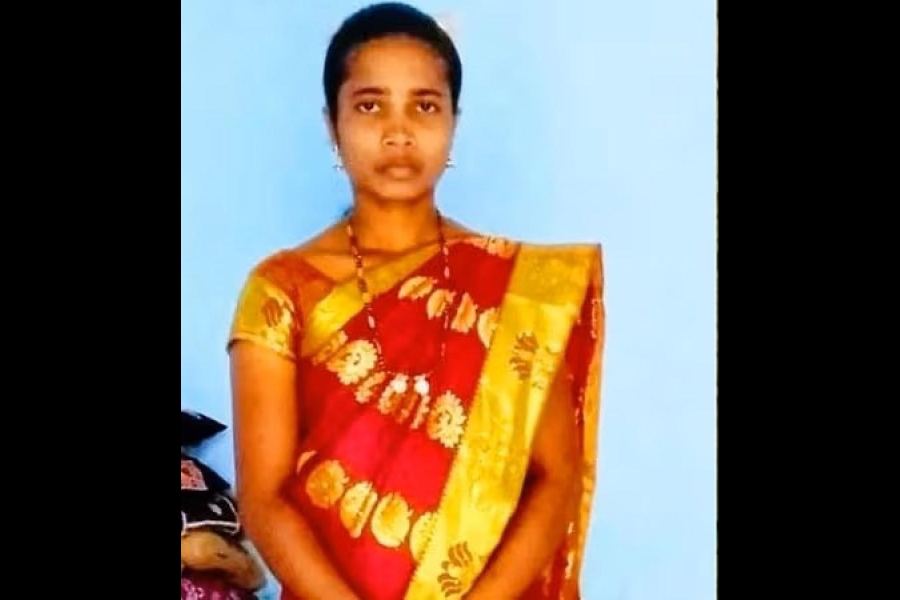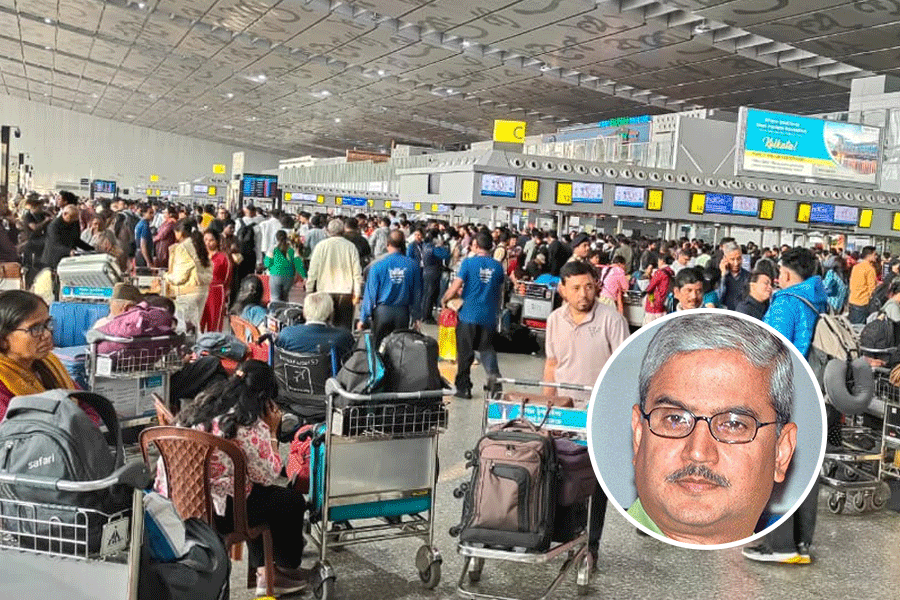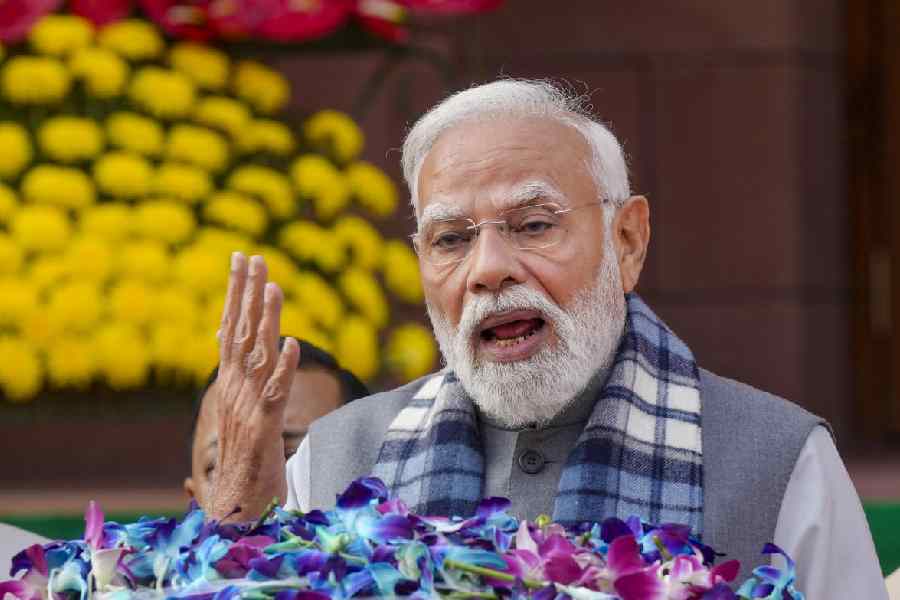Sabarna Roy’s newest book, which I can only toss between a collection of short stories — a fragmented arrangement of brilliant vignettes of a vigorously lived life and a bunch of compelling essays — sees the writer demonstrate a remarkable hold on the reader with an ability to bare his deepest feelings as in a confessional. It is this sense of veracity with which he seems so easily to share his deepest fears, travails and secrets that aids him to blur the line between his readers and himself. Beguiling and highly impactful, he confesses that human relationships have been befuddling, his scientific mind often helping him find rationale and pragmatism amidst the emotional mess. “Writing is a form of serious therapy,” he states simply, and one of the most seductive though understated achievements in this book is his ability to bring a felicitous marriage between reality and the imagination.
The book is divided into three segments, and almost all of them cheer for luminosity against the currents of darkness that inevitably attempt to blot out our lives. Roy is a self-professed atheist, but after a couple of hours with him, one might think he is a highly evolved soul who loves and admires his 93-year-old father, whom he has a joyous banter with like an old buddy. He dedicates the book, written in a year, to Hiya and Bholenath, his children, and establishes a certain legacy by wishing the next generation success.
River of Life is unbound polyphony; the book is original because it slips through our fingers. Multi-genre, multi-paradigmatic and ambiguous, the title corrals the dynamism and freedom you seem to be seeking and finding through the journey of your life, as a river does. Yes, the book operates on a profound double narrative. On the surface, it is a sequence of short musings, personal essays, stories, reflections, and film/book reviews. But running beneath is a deeper, parallel narrative of the self-shifting between a philosophical and “fictionalised”. For instance, pieces like Silent Collapse, Nightfall, and The Vanishing Act explore external events with literary detail, yet what they truly evoke are inner terrains of guilt, loss, and isolation.
Simultaneously, formal essays like Friendship Etiquettes and The Veil Between Author and Book seem analytical but are deeply personal reflections on belonging and the author’s discomfort with a commodified literary world. These layered voices make the book resonate on multiple levels. A tete-a-tete with the author of 11 books, on a rain-swept thunderous afternoon, between sips of strong, black, South Indian drip coffee and mouthfuls of healthy vegetable grilled sandwiches, strictly no mayonnaise.
You have made theory into praxis by effectively transitioning from oral to written storytelling. What was it like to make that substantial leap?
Making the transition from oral storytelling to written expression was not easy. The oral tradition thrives on performance — intonation, pauses, gestures — while writing demands solitude and precision. What I gained in this transition was introspection. Writing required me to examine memories more deeply, slow them down, and distil them. Stories like My First Snow or Omelettes that Ma Made reveal this distilled memory — small, everyday recollections that would’ve passed too quickly in oral storytelling. Writing allowed me to preserve them with nuance.
What are your ideas of “home” and “belonging”?
For me, home is not a physical place. It is a “jelly of ideas” as I write in The Great Depression. My life has taken me across cities and roles, but the idea of home keeps evolving. Niharanjan Babu in The Testament of Niharanjan Babu reflects this feeling poignantly — he searched for home through relationships but ultimately accepted it as a dream lodged in our consciousness. Belonging is fragile. Sometimes, I felt most alien even in places I was supposed to belong.
Has being a civil engineer shaped your creative self?
Absolutely. Engineering honed in me a sense of structure, an ability to break down complex realities into parts. You see this in pieces like The Pendulum or The Tangle of Narratives where abstract ideas are layered yet held together by clear transitions and frameworks. The rational and the emotional constantly interact. That tension energises my work.
Your visual sensibility is enormously impactful, whether they are essays or fiction — how do the images come so clearly?
I close my eyes to see, quite literally. The Vision Within explains this. I believe the inward gaze unlocks art. Memory, trauma, desire, they manifest in vivid fragments. My writing tries to capture this subconscious cinema. For instance, the image of Ma floating in a pool with vermilion bleeding into water in Ma and My Old Man came from such inward vision —a felt image, not constructed.
Which life experiences have most shaped your stories?
Loss and longing. My mother’s death in 2009 left a permanent wound. That grief shows in pieces like Ma, Live On Mother!, Roots, and Ma Through the Railway Window. Clinical depression also deeply marked me. The Long Way Out, The Great Depression, and Caged were born from that dark corridor. These stories are not just cathartic; they are my truths.
Do real characters appear in stories like My Heart Will Go On and Silent Collapse?
Yes. While I change names and settings, the emotional truths are drawn from real people. My Heart Will Go On is about my son, whom I love deeply, but whose struggles I often feel helpless to soothe. Silent Collapse draws from observing fractured relationships that never explode, but erode in silence. Characters emerge from lived life, reshaped through a literary lens.
Your father’s transferable job as a very senior executive in SAIL, your schooling at Ramkrishna Mission Narendrapur and your university days at Jadavpur, training as a civil engineer, how did your early life experiences shape the current Sabarna Roy, the writer?
My father’s transferable government job exposed me to various places — Calcutta, Punjab — and its cultures. Narendrapur made me deeply introspective, and Jadavpur University honed my politics and writing. These experiences enriched the world of my stories, from My University Days to Late Afternoon Melancholia. They shaped both my ideological base and my aesthetic leanings.
You have been honest about self-examination of depression. How important is mental health in your writing?
Crucial. The Great Depression, The Thin Line Between Mania and Despair, and The Long Way Out are not fictional; they are testimonies. My writing emerged from that abyss. And as I write in Amygdala, recurring negative thoughts, even nightmares, are neurologically real. Mental health is not an aesthetic; it’s a lived reality. I share these stories so others don’t feel alone in their darkness.
This is your 11th book. How is it a milestone?
By the River of Life is my most vulnerable work yet. Previous books had structure — novels, plays, poetry. This book defies categorisation. It is a memoir in fragments, a philosophical journey, a love letter, a confession. It draws from every previous work, but also sheds all literary pretensions. As Maithili Rao aptly puts it in her foreword: “It is not an anthology. It defies definitions.” That’s the milestone — embracing indefinability.
Tell us about your next project.
I’m drawn to what I call “meta-narrative nonfiction”, exploring the very act of writing, of memory, of authorship. Perhaps a book where the narrator is not just recounting life, but interrogating the impulse to write about life at all. Something between Montaigne’s essays and the fragmented structure of Sebald. That’s still a vague idea, but I’m letting it simmer. Meanwhile, I continue to write small reflections and reviews — as always, walking the riverbank of life. I just finished two novellas — The Alipore Chronicles and The Monologue of a Serial Killer!
Julie Banerjee Mehta is the author of Dance of Life, and co-author of the bestselling biography Strongman: The Extraordinary Life of Hun Sen. She has a PhD in English and South Asian Studies from the University of Toronto, where she taught World Literature and Postcolonial Literature for many years. She currently lives in Calcutta where she teaches Masters English at Loreto College, and anchors the Rising Asia Literary Circle

